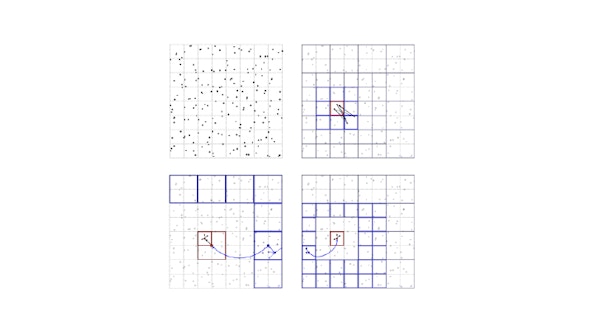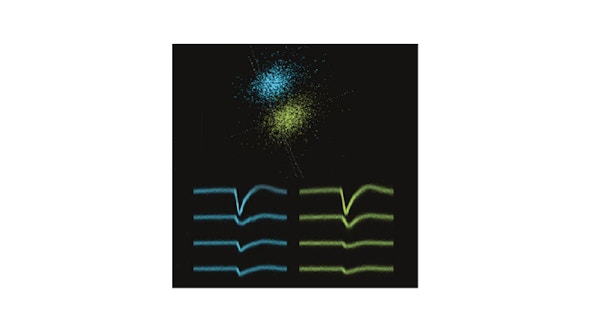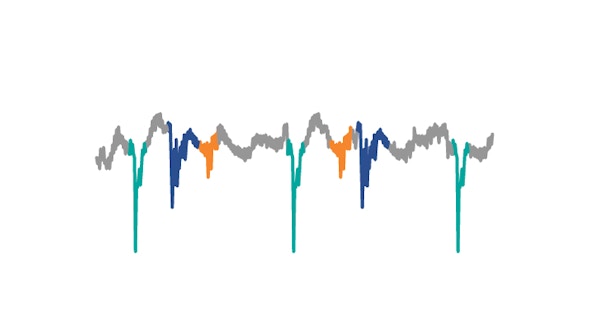BridgeStan
View Project
BridgeStan provides efficient in-memory access to a Stan model through Python, R, Julia, Rust, and C. Stan is a differentiable probabilistic programming language for coding Bayesian statistical models and their posterior predictive inferences. BridgeStan provides access to log densities and their gradients and Hessians, variable names and sizes, constraining and unconstraining parameter transforms, and predictive simulation.















